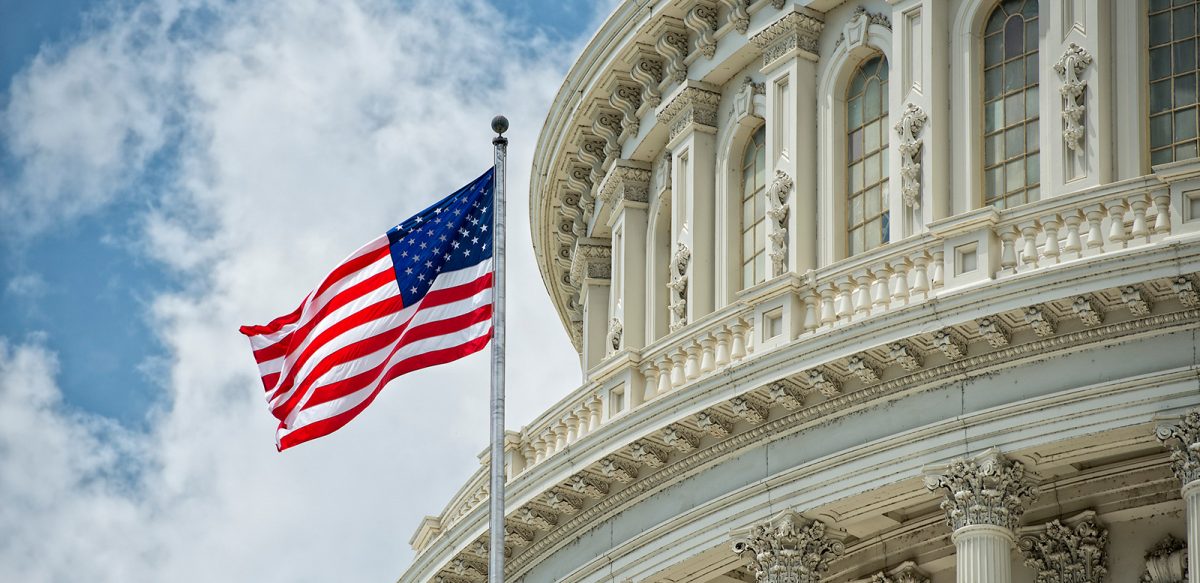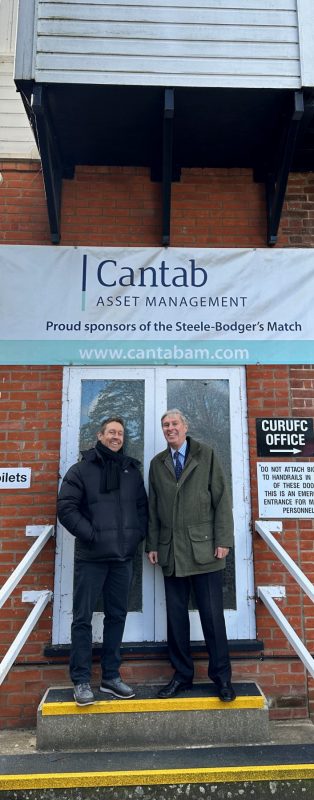
As President Trump and his administration levy tariffs on countries worldwide, the Chief Investment team analyse the relevance, outlook, and potential impact on client portfolios.
Understanding the arguments for tariffs is the first step to grasping their potential implications. The US runs a dual deficit (trade and budget) which is the result of the US Dollar being the world’s reserve currency as well as other trade-related factors. This has contributed to long-term economic imbalances and industrial decline in large cohorts of the US, contributing to massive inequality and a sense of despair. This is the ‘Triffin Dilemma’ in action (the conflict where a reserve currency country must run trade deficits to supply global liquidity, but this can undermine its own economy), and Trump is determined to fight it through a combination of unconventional methods aimed at effectively ‘restructuring the global trading system’ in favour of middle-class America.
The administration argues that US consumer demand has been siphoned out of the US economy into the global economy. This has led to the closure of more than 90,000 US factories since 1997 and a decline in the manufacturing workforce of more than 6.6 million jobs, equating to more than a third from its peak. Trump’s focus is on addressing the history of perceived ‘unfair’ trade terms and escaping the structural decline from their consistent dual deficit, all the while maintaining US dominance. Trump’s focus is on benefiting ‘Main Street’ not ‘Wall Street’, and his barometer during his second term is the 10-year Treasury yield rather than the S&P 500. Since the strategy is now one of risk before reward, this means more uncertainty and volatility, particularly in the short-term. Risk assets (like equities) should offer a higher risk premium in the short term, and markets are moving to price this in.
Tariffs announced on ‘Liberation Day’ are targeted at balancing trade deficits. The administration has used a simple formulaic approach to calculate tariff levels. The US is, in many cases, simply matching the protectionism of its trading partners. This is the first major offensive in a global trade war, and the rest of the world now faces a decision on how to retaliate: escalate or negotiate. This produces the most uncertainty; however, in our assessment, the clearest implications for the global economy and asset prices are:
US stagflation
Imported goods will come at a higher cost and there will be a supply chain shock, at least until the US can shift production onshore. This process will likely be stagflationary (lower growth, higher inflation). Some argue that tariffs are not inflationary because there is currency offset, where the US Dollar strengthens increasing the purchasing power in the US. The administration however also wants to weaken the US Dollar to boost exports. You can’t have both and this contradiction introduces further inflation risks. Index-linked bonds are typically the best performing assets in periods of stagflation; we have taken some profits in US Treasuries and shifted our allocation to medium-dated TIPS (US government bonds designed to protect investors from inflation), which offer attractive real yields.
The end of globalisation
Trump is a negotiator; if countries with their own protectionist policies negotiate to lower trade barriers, the impact could be softened. We have already seen how partners willing to cooperate with the administration has resulted in backtracking of tariffs and more beneficial trade agreements have formed. If the trade war escalates, the supply shock for the US could become more severe while the negative GDP shock for America’s largest trading partners could be catastrophic.
Fiscal and monetary policy impact
Central banks now find themselves caught between inflation risks and slowing growth. The Federal Reserve may hesitate to cut rates if trade-driven inflation proves persistent, while the European Central Bank and People’s Bank of China face pressure to ease. The era of coordinated global monetary easing may be over, increasing policy divergence and market volatility. Either way, fiscal policy is now in the driving seat with the US prioritising government efficiency aimed at reducing fiscal indiscipline while the global response may be to increase spending to stimulate. Could this mark the end of US exceptionalism? This has been the market’s interpretation so far.
Investment implications
While the scale and uncertainty of these policies have surprised many, there remains room for negotiation and softening of the initial announcements. Markets will likely experience heightened volatility as investors adjust to a new regime of trade-driven inflation, geopolitical risk, and fiscal dominance. These developments align with our expectations at the start of the year.
In this environment, we expect risk assets to demand a higher premium, while high quality bonds and inflation-protected securities provide resilience. Diversification and balance remain key and, despite near-term turbulence, attractive opportunities are already emerging. By staying vigilant, balanced, and flexible, we are positioned to navigate this uncertainty and capture emerging opportunities.
Risk Warnings: This document has been prepared based on our understanding of current UK law and HM Revenue and Customs practice, both of which may be the subject of change in the future. The opinions expressed herein are those of Cantab Asset Management Ltd and should not be construed as investment advice. Cantab Asset Management Ltd is authorised and regulated by the Financial Conduct Authority. As with all equity-based and bond-based investments, the value and the income therefrom can fall as well as rise and you may not get back all the money that you invested. The value of overseas securities will be influenced by the exchange rate used to convert these to sterling. Investments in stocks and shares should therefore be viewed as a medium to long-term investment. Past performance is not a guide to the future. It is important to note that in selecting ESG investments, a screening out process has taken place which eliminates many investments potentially providing good financial returns. By reducing the universe of possible investments, the investment performance of ESG portfolios might be less than that potentially produced by selecting from the larger unscreened universe.


